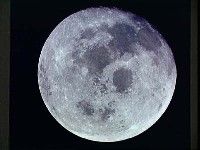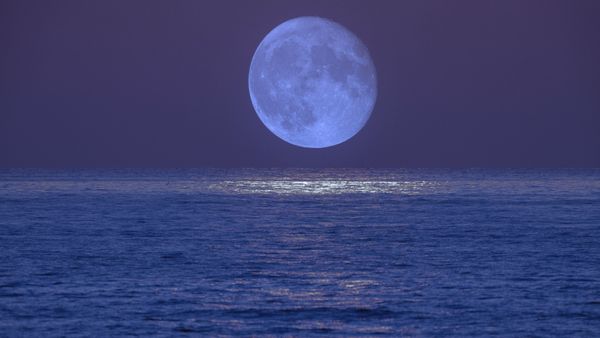"The tide is high, but I'm holding on" is the first line of a Blondie song from 1980 (which was actually a cover, but it considerably outsold the 1967 original). It could also be society's new theme music if the Earth suddenly found itself with two moons. This makes us wonder: Could humankind survive in a scenario that saw the arrival of Earth's second moon?
The song perfectly represents what would likely be Earth's new reality — rising and unpredictable tides — according to Neil Comins, a physics professor at the University of Maine and author of the book "What If the Earth Had Two Moons." Comins is one of only a few science types — as opposed to science-fiction types — to have addressed this question, which means there's not a lot of science-based theorizing out there for what is, really, an interesting — and potentially apocalyptic — scenario.
Advertisement
Humanity could very well survive the arrival of Earth's second moon, but it wouldn't be pretty. In this article, we'll detail the geological effects of having a second moon in Earth's orbit, from volcanic activity to earthquakes. We'll also share details about NASA's recently discovered quasi moon, named 2023 FW13.


